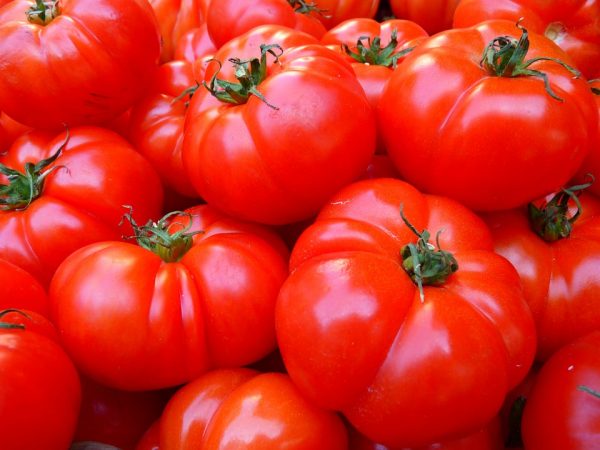Seasonal foods are foods that are harvested at a particular time of the year. This is usually the time when the produce is the cheapest and the freshest in the market. Now, you may not have considered this but every agricultural produce that we enjoy tells a story of triumph. Indeed, not every seed that is planted germinates. Not every seed that germinates attains maturity. Some are killed by diseases, eaten by animals and some others are destroyed by environmental factors like bad weather. Still, not every matured and harvested agricultural produce ends up on our table. Some are ruined in the course of transportation or due to poor preservation. Thus, we ought to have a sincere appreciation for every food that weathered the storms and graciously landed in our kitchen.
The soil of Northern Nigeria is a fertile womb that gives birth to rich agricultural products annually. Tomato is one of the products to emerge from its womb. Tomatoes are one of the most consumed vegetables in the world. It is enjoyed in its raw or processed form. Indeed, several delicacies are prepared with this vital nutritional vegetable.
Nigeria is currently the largest producer of fresh tomatoes in Sub-Saharan Africa and the second largest producer of fresh tomatoes in Africa.[1] Globally, the country ranks as the 14th largest tomato producing nation. With over 1.5 million tonnes harvested annually, the country accounts for 68.4 percent of West Africa’s output; 10.79 percent of Africa’s output and 1.2 per cent of total world production of the crop. Tomatoes are grown in Nigeria in its diverse agro-ecological zones that range from humid in the south to sub-humid in the middle belt and semiarid/arid in the north.[2] States involved in commercial production of tomatoes in Nigeria include Kano, Taraba, Gombe, Bauchi, Kaduna, Sokoto, Katsina, Benue, Jigawa and Plateau. Annually, small scale farmers in these northern states work tirelessly to produce the massive tonnes that give Nigeria a secure place amongst tomato producing nations of the world. By planting between 0.5 and 4 hectares of land, they account for 90% of production. Commercial producers contribute the ten percent that brings production to a hundred.
Sadly, Nigerian farmers, on the average, generate the lowest yields for tomatoes in Africa at 4.0MT/Ha. This is significantly lower than Egypt’s 38.7MT/Ha and South Africa’s yields of 78.7MT/Ha.[3] Annually, Nigeria loses 40- 50% of its tomato produce to poor handling, processing, transportation and preservation practices. The result of this is that despite being the largest producer and consumer of tomatoes in Sub-Saharan Africa, despite having a secure place in the committee of tomato producing states, Nigeria ironically has a place as Africa’s biggest importer of tomato paste.
[1] Omosomi
[2]T. O. Olanrewaju, I. A. Jacobs, R. Suleiman and M. I. Abubakar, “Trend Analysis of Tomato Production in Nigeria (2010 TO 2014),” Research Gate
[3]Sahel, “The Tomato Value Chain in Nigeria,”


